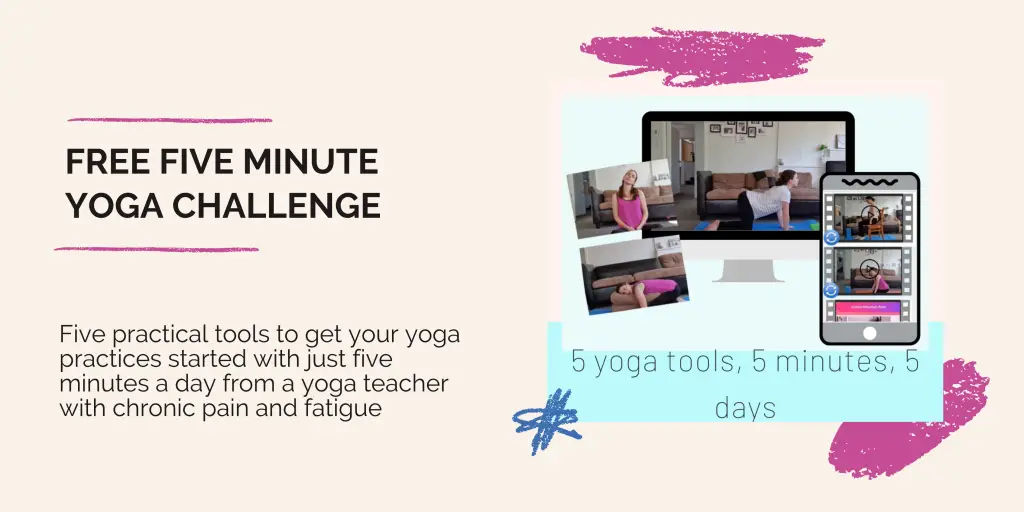Last Updated on July 24, 2022 by melissanreynolds
Working with fibromyalgia is a tricky topic. Many of us are managing to work, but it’s hard. Some of us are unable to work at all. There is a variety in this area, as all with fibromyalgia. In this post I want to share my best reasons why working from home can help with fibromyalgia.
Energy conservation and the ability to administer self-care are two very important elements of living well with Fibromyalgia.
Working from home, while a little isolating, is a great opportunity for Fibromyalgia/Chronic Pain/Chronic Fatigue fighters.

When I was contracting it was a fantastic way to be flexible around my husband and baby. When I was based in an office, it was a nice change of pace to utilise the option to work from home.
I still had to transport my boy/s to care and back again, so I didn’t save much travel time, but eliminating transport time and energy is super helpful in managing fibromyalgia.
Now that I am back at work after baby number four, working from home is basically the only way I manage.
Audio video of my five reasons it’s good to work from home with Fibromyalgia
Here’s my five top reasons working with fibromyalgia from home you NEED to know:
One: Pain Relief Administration
You can administer your heat pack without looking like a granny. (Heat is my favourite pain management technique.) Those strong smelling topical pain creams also won’t irritate anyone else’s nostrils. Taking a break to take your medicines, have a hot shower, or whatever else you need to do, is just easier.
Two: Pacing Well
You can use your breaks to lie down and pace the day as you need. (Eating is easier too -I’m a grazer, so rather than eat a big lunch, I break it down into smaller meals.) During your morning tea break you could take a wander about the house or yard, have a cup of tea while doing some deep breathing, or lie flat on your bed (also doing a brief meditation or some breathing is a great bonus point adder). You can use your lunchbreak for your full stop, proper rest break. For a great many of us, a full rest in the day is necessary. Even if my fatigue doesn’t enforce it, my neck and back need it. A full lie down with your heating pad, or whatever else brings you comfort, in a dark room is game changing.
If you’re having a tricky morning, then perhaps you could take more rest in the morning and do more hours in the afternoon. Or, if you know the morning is your best time, you can do more in the morning and less in the evening. I have a whole training on pacing for you.
Three: Yoga (gentle stretching)
We touched on this with breathing practices and meditation breaks. But you can do yoga stretches without poking your butt out or getting on all fours in the office. And stretch your neck a lot without looking odd. Yoga is one of my key coping mechanisms to help me work.

Four: Ergonomics
You have more control over your working area – temperature control, lighting, windows etc. My home desk is set up perfectly for me and I have my Swiss ball if I get sick of my chair. This often means the difference between able to work and not. Some days, I am capable of work but physically being present in the office would push me off the edge of coping. Those flickering lights at work have sent more than one person home with migraine.
Five: Productivity
You get heaps done without constant interruptions and without the little stressors the office provides. (Research suggests it takes something like half an hour to settle back into a task with each interruption.) I have always found I get more done at home. With the invention of Zoom and virtual meetings, I found managing meetings virtually has been more streamlined too.
As I said above, it also reduces days that I wouldn’t be able to work, thereby avoiding sick leave or unpaid leave. Thus boosting productivity. Of course, it’s good to know when we should take a sick day too. I’ve shared a couple of posts about productivity, find the round up here.



